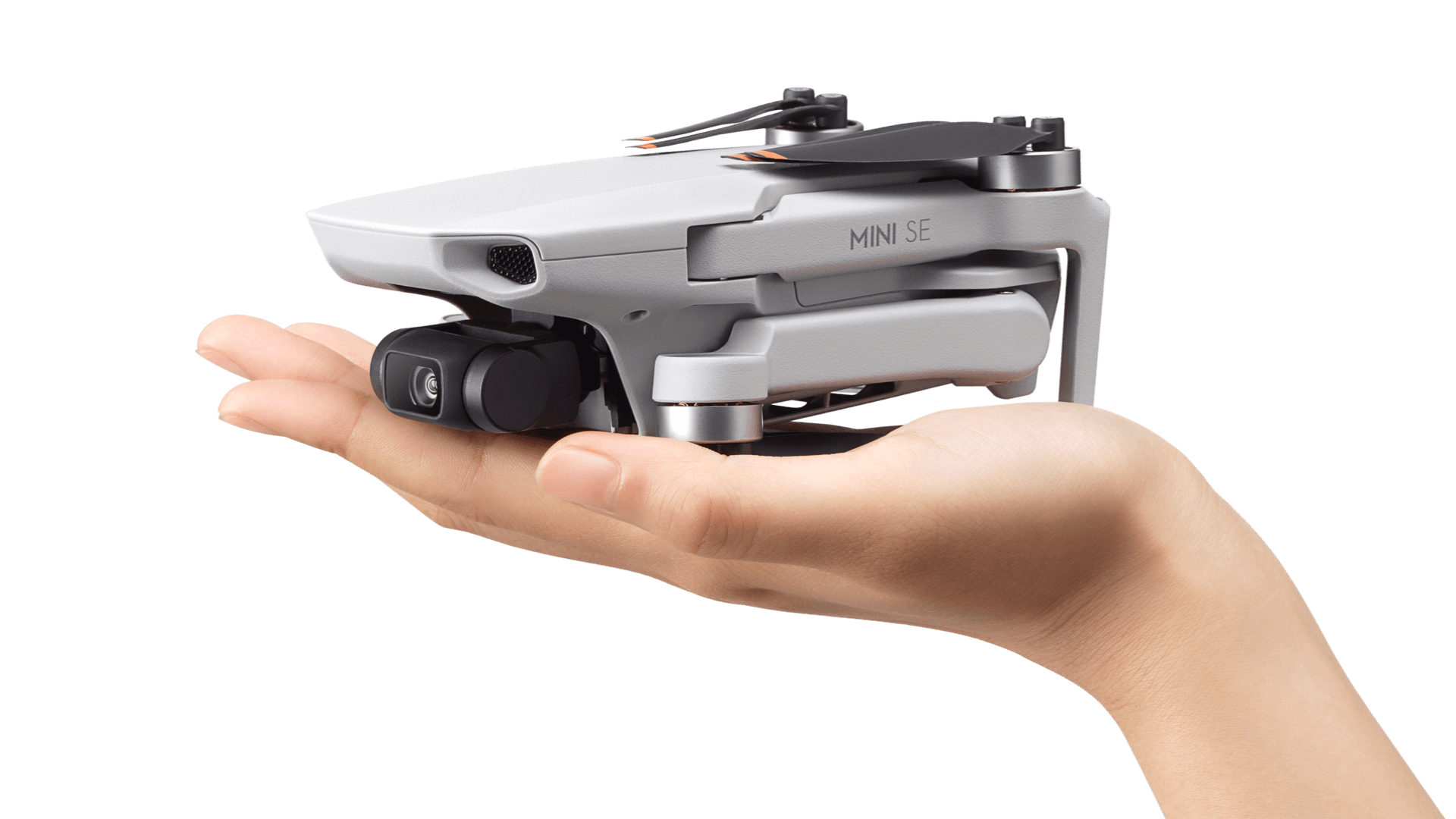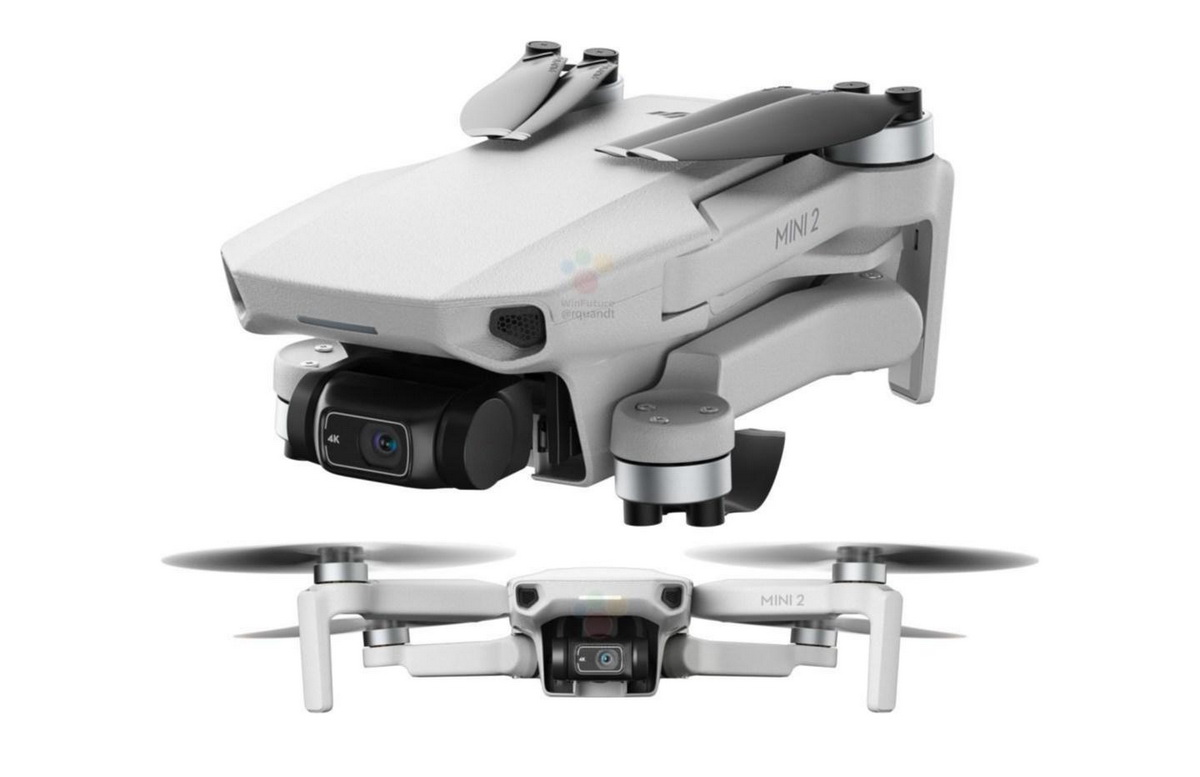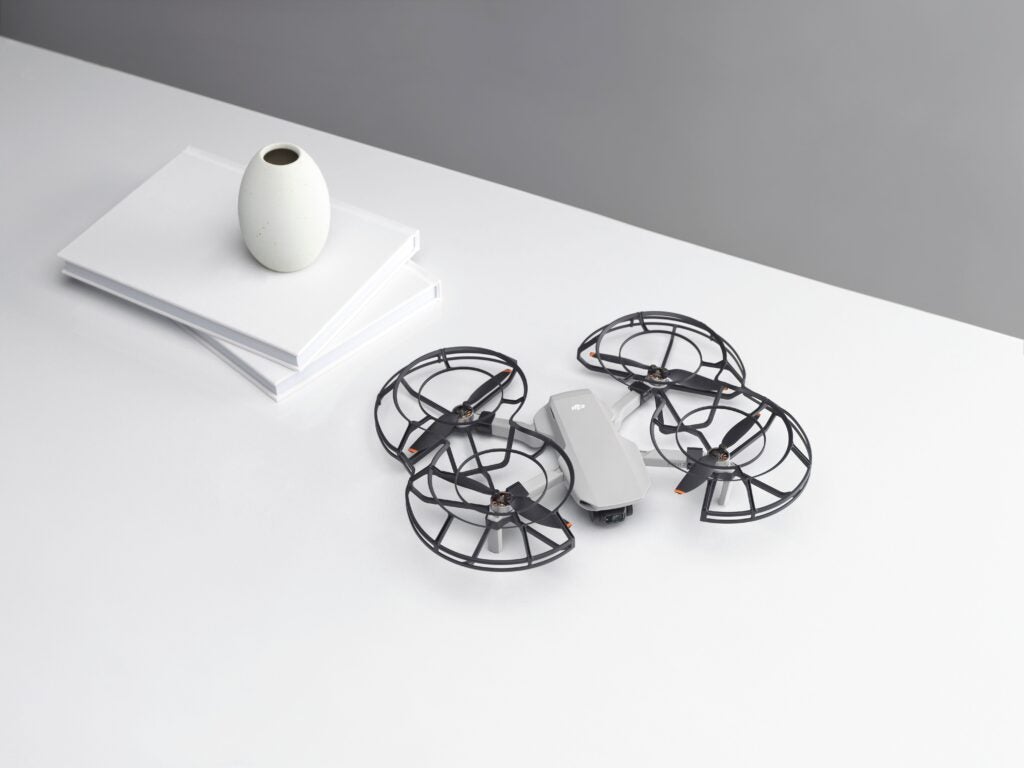
Switching over to sport mode increases the power, which allowed it to cut through the wind with ease. Shockingly enough, it performed like a champ - even in normal mode. In truly testing out its performance, I decided to see how it handles flying against the wind. In the air, it’s clear that the Mini 2 was working hard to maintain stability, and while it looked like it was rattling around, the video footage remained buttery smooth. I’ve always aborted flights with the Mavic Mini in the past whenever winds reached 12 mph.

Thankfully, DJI upgraded the motors in the Mini 2 to better withstand winds up to 24 mph. On the first day of flying the Mini 2, the Jersey Shore was being blasted by 17 mph winds. Even though I’m still cautious, the DJI Mini 2 handles the wind a lot better. There are also several videos online of owners reacting to it floating away from their location because of strong winds. I can’t tell you how many times I’ve aborted flying it because of windy conditions. Flying against the windįlying under windy conditions is always risky, but it’s more profound when you’re dealing with a lightweight drone like the Mavic Mini. There’s none of that here with the Mini 2. One of my biggest fears about flying the Mavic Mini is pushing its range farther away because of the potential of interference with its video transmission. There’s nothing worse than latency issues whenever I’m piloting a drone, so it’s assuring that OcuSync 2.0 provides me with more responsive controls on the Mini 2. And while I did manage to push its distance to over 1,000 feet from my location, DJI says that it’s capable of reaching a 10 kilometer range (6.2 miles). Live video, in fact, rarely stuttered during my flights. With OcuSync 2.0, there’s more reliability with the connectivity between the drone and controller. There’s more reliability with the connectivity between the drone and controller. It’s larger in size, but I like how my smartphone is gripped on top of the controller - as opposed to the bottom with the Mavic Mini’s controller. The controller is an exact facsimile of the Mavic Air 2’s. Luckily, the DJI Mini 2 eases concerns thanks to DJI’s OcuSync 2.0 transmission technology. It’s annoying for sure, but also scary if it’s prolonged. If you’ve ever piloted the Mavic Mini, you know how video transmission can be susceptible to interference.

Photographers will appreciate the Mini 2’s still-capture performance, but just like video, it struggles under low light and dynamic range. That’s partly because there’s no change with the sensor, a 12-megapixel 1/2.3-inch sensor perched on a 3-axis gimbal.ĭynamic range performance isn’t close to the level I got with the Mavic Air 2, but some tweaking in post can draw out details that are otherwise lost in the shadows. However, its performance crumbles as soon as the sun goes down, often appearing murky, dark, and unusable unless there are strong sources of light in the scene. Colors have an even, neutral tone to them - never too saturated to work with in post. Meanwhile, for those who are watching videos and clips on 4K screens, the 4K resolution means that there’s no upscaling necessary this time around.ĭetails are expectedly plentiful and crisp, but the best results are found during the daytime and afternoon when lighting is abundant. What does it all mean? I’m particularly pleased with the extra resolution, since it offers some additional wiggle room in post for me - such as being able to crop in and out of a scene when I export it in 1080p.
Dji mini 2 pro#
While the frame rate at 4K tops out at 30 frames per second (FPS), DJI has bumped up the bit rate from 40 Mbps on the Mavic Mini to 100 Mbps for the Mini 2.ĭJI Mini 3 Pro unboxing video drops just ahead of launchĪutel’s EVO Lite and Nano drones are primed to compete with DJI’s bestĭJI Air 2S enters pro territory with its one-inch camera sensor and 5.4K video Well, that’s the first item on the list addressed by the Mini 2, which boasts proper 4K video capture. In an age where 4K video recording is standard among smartphones and cameras, it was a bit of a letdown that last year’s Mavic Mini topped out at 2.7K resolution.


More importantly, though, it squarely addresses some of the shortcomings of its predecessor. The lightweight drone continues to fly under the Federal Aviation Administration’s (FAA) radar because of its 249-gram weight, making it ideal for first timers because it doesn’t require registration. Drones don’t typically receive yearly refreshes, which is exactly why the DJI Mini 2’s announcement comes as a surprise.


 0 kommentar(er)
0 kommentar(er)
